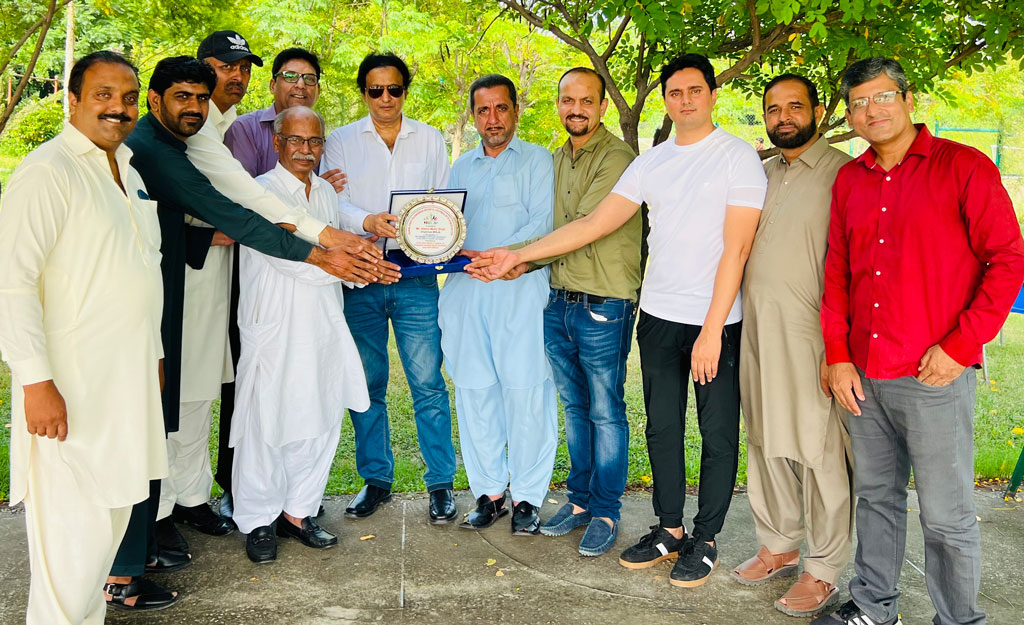By: Ahmad Raza Khan Kirmani

Agriculture, the traditional backbone of Pakistan’s economy, has long been a source of employment for millions and a significant contributor to the country’s gross domestic product (GDP). However, the notion of elevating agriculture to a fully-fledged business venture is gaining momentum as Pakistan seeks to revamp and enhance its economic landscape. This article delves into the advantages and hurdles of this transformation and offers strategies to navigate this intricate transition.
The Advantages of Cultivating the Agricultural Market:
- Development: By stabilizing the agricultural market, Pakistan can harness its abundant agricultural resources more effectively, thereby spurring economic growth. Modernizing agriculture through advanced techniques and value addition has the potential to amplify productivity and overall output.
- Employment: The ripple effects of agricultural business expansion can generate jobs beyond farming itself. Opportunities in areas like transportation, processing, marketing, and distribution could thrive.
- Rural Development: Economic upsurge in the agricultural sector can breathe new life into rural communities. Increased investments, infrastructure enhancements, and improved access to education and healthcare are among the many benefits.
- Foreign Exchange: Broadening the range of agricultural exports can bolster foreign currency earnings, bolster the balance of payments, and mitigate the vulnerability of relying on a few export commodities.
Challenges and Strategic Decisions:
- Small-scale Farmers: Given that a significant portion of Pakistan’s agricultural landscape is comprised of small-scale farmers with limited resources, it’s imperative to ensure their active involvement in this transformation. Neglecting their participation could lead to marginalization and inequality.
- Financial Access: Facilitating farmers’ access to affordable credit is vital for them to invest in modern machinery and equipment. Developing financial institutions in rural areas can facilitate this process.
- Infrastructure: Enhancing transportation, storage, and processing facilities is critical to curbing post-harvest losses and reducing costs across the supply chain.
- Water Management: Given Pakistan’s reliance on the Indus River system, efficient water management is paramount to address water scarcity and ensure sustainable agricultural practices.
- Market Connectivity: Building robust market links and supply chains is essential for seamless connectivity between producers and consumers on a global scale.
- Policy Reform: Crafting clear, supportive policies is pivotal to encourage private sector participation, innovation, and entrepreneurship within the agricultural sector.
Strategies for a Successful Transition:
- Education and Training: Equipping farmers with knowledge in modern agricultural practices, financial literacy, and business management empowers them to run profitable ventures.
- Technology Adoption: Promoting precision agriculture, biotechnology, and best practices can boost productivity while conserving valuable resources.
- Value Addition: Elevating agricultural products to commercial standards enhances their value, generates employment, and reduces post-harvest losses.
- Public-Private Partnerships: Collaborations among government bodies, private enterprises, and NGOs can leverage expertise and resources to drive transformative change.
- Incentives: Introducing grants, subsidies, and tax incentives for the agricultural sector can attract investment and catalyze innovation.
- Diversification: Exploring new export markets and diversifying agricultural produce can mitigate risks associated with overdependence on a limited range of crops.
Environmental Considerations:
- Sustainability Practices: Demonstrating agriculture’s capacity to safeguard the environment, conserve natural resources, and mitigate the impacts of climate change.
- Biodiversity: Promoting diverse crop cultivation safeguards against diseases, pests, and the effects of changing climate patterns.
Cultivating a Flourishing Future:
Transforming agriculture into a full-fledged economic sector holds the promise of enhancing economic growth, ameliorating societal well-being, and resolving pressing social issues in Pakistan. However, achieving this transition necessitates a comprehensive approach involving policy reforms, infrastructure investments, technological advancements, and an unwavering focus on sustainability. By empowering farmers, fostering public-private partnerships, and implementing effective environmental stewardship, Pakistan can unlock the immense potential of its agricultural sector, laying a solid foundation for lasting prosperity.








